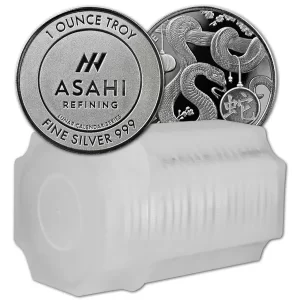To make it easier for you to comprehend the terms used in retirement planning, we have taken 9 terms which are commonly used in this regard:
Dollar Cost Averaging: Dollar cost averaging is the process of consistently allocating the same sum to each asset or asset class, regardless of market movements. It’s advantages are:
- Profiting from price reductions (when managed properly).
- Eliminating some of the emotional components from portfolio management.
- Net Asset Value (NAV): “Net asset value” is another phrase used frequently in retirement. All of a company’s assets less all of its liabilities equals its net asset value (NAV). The net asset value (NAV) of an organisation changes daily, including mutual fund managers, are mandated to publish it. NAV is important because it decides the number of mutual fund units you actually buy.
- Guaranteed Monthly Income:Guaranteed monthly income plans, also known as guaranteed income plans, are retirement plans that specify how much and how frequently be paid out to you as long as you live beyond a specific term. The majority of guaranteed income plans pay annually, half-yearly, quarterly, or monthly. It’s guaranteed constancy is the main advantage of this.
- Defined Contribution Plan: A defined contribution plan is a typical workplace The 401(k) and 403(b) plans are the two most often used defined contribution plans.. You are already a part of a defined contribution plan if your employer matches your contributions to a 401(k) or 403(b).
- Defined Benefit Plan: In contrast to a defined contribution plan, a defined benefit plan is entirely controlled by the employer and is based on a number of parameters, including employee compensation and length of service. Defined benefit plans, also called “pension plans” or qualified benefit plans.
- Required Minimum Distributions : Particular retirement accounts have minimum withdrawal requirements after you reach a certain age. Such withdrawals fall within the category of mandated minimum distributions (RMD). A required minimum distribution is a requirement for the majority of employer-sponsored retirement plans, including 401(k)s, regular IRAs, SEPs, and SIMPLE IRAs.
- Tax- Advantaged Retirement Accounts: Accounts designated as tax-advantaged retirement accounts are those that are either tax-deferred or tax-exempt in the long run, helping the retiree save on taxes. Accounts that are tax-deferred include typical IRAs and 401(k) plans.
- Profit- Sharing Plans: Employees who participate in profit-sharing retirement plans eventually receive a cut of a company’s overall profits. Typically, a business will decide what proportion of profits it will distribute to workers, and at the end of the year, it will distribute that proportion according to pay.
- Gold IRA / Precious Metals IRA: An IRA is a controlled account that offers tax advantages and allows withdrawals after you reach a specific age. You can keep physical gold, silver, platinum, and palladium in the form of bars, bullion, and coins in a precious metals IRA. Securities related to precious metals may also be held by precious metals IRAs as part of the managed portfolio.

 Hi,
Hi,






















